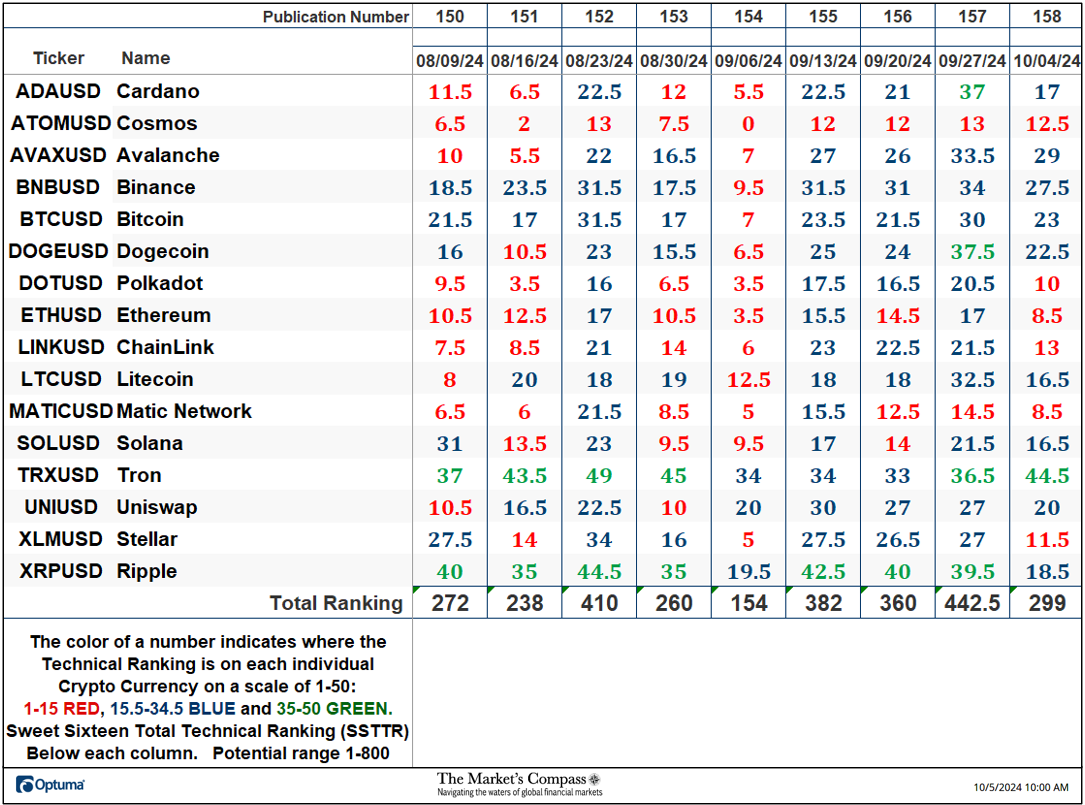
Understanding the REIT Landscape
REITs are investment vehicles that own, operate, or finance income-generating real estate across various sectors. They provide an opportunity for individuals to invest in large, income-producing real estate without having to directly manage properties. The allure of REITs lies in their high dividend yields and potential for long-term growth.
The Current REIT Market
As of mid-December 2023, the Morningstar US Real Estate Index showed a modest 11% gain, lagging behind the broader market’s 25% return. This underperformance has led to REITs being undervalued, presenting an intriguing proposition for investors. Morningstar’s coverage indicates that real estate stocks, as a group, are approximately 8% undervalued relative to their fair value estimates.
Spotlight on 7 Attractive REITs
1. Realty Income (Ticker: O)
Overview: Realty Income stands out as the largest triple-net REIT in the U.S., boasting over 13,100 properties primarily housing retail tenants. Despite challenges, its low Morningstar Uncertainty Rating and stable monthly dividends make it an enticing choice.
However, concerns linger about limited internal growth due to low annual rent increases.
Investment Thesis: Realty Income’s strategic focus on defensive segments within retail, coupled with a triple-net lease structure, has created a stable income stream. However, the challenge lies in the low annual rent increases, limiting internal growth.
The company’s dependence on acquisitions for growth, coupled with increased competition and rising interest rates, poses a long-term concern.
2. Equity Residential (Ticker: EQR)
Overview: Traded at a 28% discount, Equity Residential focuses on high-quality multifamily buildings in key urban markets. Its strategic portfolio repositioning and focus on high-growth core markets contribute to strong rent growth. However, the company faces challenges amid higher inflation impacting revenue.
Investment Thesis: Equity Residential’s emphasis on high-growth urban markets and strategic portfolio adjustments has positioned it for strong rent growth. However, the impact of higher inflation on revenue growth poses challenges. The company’s disciplined approach to capital allocation and market selection is a strength, but investors should monitor the inflationary pressures.
3. Ventas (Ticker: VTR)
Overview: Ventas, undervalued by 30%, specializes in healthcare facilities, poised to benefit from the Affordable Care Act and the aging baby boomer population. While the pandemic posed challenges to senior housing, a recovering sector, coupled with strategic portfolio adjustments, positions Ventas for long-term growth.
Investment Thesis: Ventas’ focus on healthcare facilities aligns with industry tailwinds driven by the Affordable Care Act and demographic shifts. The disposal of senior housing assets and strategic adjustments toward life science and medical offices enhance its long-term growth prospects. Investors should monitor the ongoing recovery in the senior housing sector.
4. Apartment Income (Ticker: AIRC)
Overview: Traded at a 30% discount, Apartment Income focuses on large, high-quality properties in prime metropolitan markets. Its streamlined portfolio strategy and emphasis on high-demand areas position it for growth, especially as millennials shift from urban centers to suburbs.
Investment Thesis: Apartment Income’s focus on high-quality assets in metropolitan markets and strategic streamlining of its portfolio enhances its growth potential. As millennials move to suburbs, the company’s positioning aligns with shifting demographic trends. Investors should monitor economic conditions in its core markets for sustained demand.
5. Healthpeak Properties (Ticker: PEAK)
Overview: Healthpeak Properties, undervalued by 38%, strategically transitioned its portfolio by disposing of senior housing assets. Now, with a focus on life science and medical offices, it is well-positioned to capitalize on industry tailwinds driven by the Affordable Care Act and demographic shifts.
Investment Thesis: Healthpeak Properties’ strategic shift away from senior housing towards life science and medical offices aligns with long-term industry trends. Despite challenges from the pandemic, the company’s high-quality assets and focus on sectors with strong tailwinds position it for sustained growth.
6. Pebblebrook Hotel (Ticker: PEB)
Overview: Pebblebrook Hotel, trading at a 46% discount, is a unique player in the hospitality services sector. With a focus on independent and boutique hotels, it faced challenges during the pandemic but is poised for recovery as travel rebounds. Long-term headwinds include elevated supply and challenges from online travel agencies.
Investment Thesis: Pebblebrook Hotel’s focus on independent and boutique hotels presents a unique opportunity in the hospitality sector. The company’s recovery is tied to the rebound in travel, and while short-term challenges persist, long-term prospects hinge on the gradual return of business and group travel. Investors should monitor supply levels and online travel agency competition.
7. Uniti Group (Ticker: UNIT)
Overview: Uniti Group, the highest-yielding REIT on our list, trades at a significant 52% discount. Dominated by triple-net leases, it offers stability, but growth prospects rely heavily on its lease with Windstream. The company seeks diversification through fiber construction and lease-ups, but challenges in moving the growth needle persist.
Investment Thesis: Uniti Group’s high-yield profile and stability through triple-net leases make it an attractive income-generating investment. However, its heavy reliance on the lease with Windstream poses concentration risk, and growth prospects depend on successful diversification efforts through fiber construction. Investors should carefully evaluate the sustainability of the high dividend yield and the success of diversification strategies.
Why Invest in These REITs?
Yield Attractiveness
The allure of REITs lies in their ability to provide high yields, making them attractive to dividend-focused investors. With dividend yields ranging from 3.56% to an impressive 10.47%, the highlighted REITs present compelling income-generating opportunities.
Valuation Opportunities
All seven REITs are significantly undervalued, presenting an attractive entry point for investors seeking assets below their fair value estimates. The discounted prices provide a margin of safety and potential for capital appreciation as market sentiment improves.
Sector Diversification
The highlighted REITs span various sectors, including retail, residential, healthcare facilities, and specialty. This diversification allows investors to tailor their portfolios to specific sectors that align with their risk tolerance and investment goals.
Strategic Adjustments for Long-Term Growth
Several REITs have strategically adjusted their portfolios, such as Healthpeak Properties’ shift from senior housing to life science and medical offices. These adjustments position the REITs to capitalize on industry trends, making them potentially resilient and well-positioned for long-term growth.
Conclusion: Navigating the REIT Landscape
While REITs faced headwinds in recent times, their current undervaluation and income-generating potential make them a compelling choice for investors. The highlighted REITs, with their diverse portfolios and strategic adjustments, offer a range of options for those looking to benefit from the real estate market. As with any investment, thorough research, understanding risk factors, and aligning investments with financial goals are crucial steps for a successful venture into the world of REITs.
Disclaimer: The content provided is for informational purposes only and does not constitute financial advice, investment recommendation, or any professional guidance. The author is not responsible for any financial decisions made based on the information presented. It is crucial to conduct thorough research and consult with financial professionals before making any investment or financial decisions. Any actions taken by the reader are at their own risk, and the author disclaims any liability for the accuracy, completeness, or timeliness of the information provided.













 By Dr. Jim Dahle, WCI Founder
By Dr. Jim Dahle, WCI Founder






